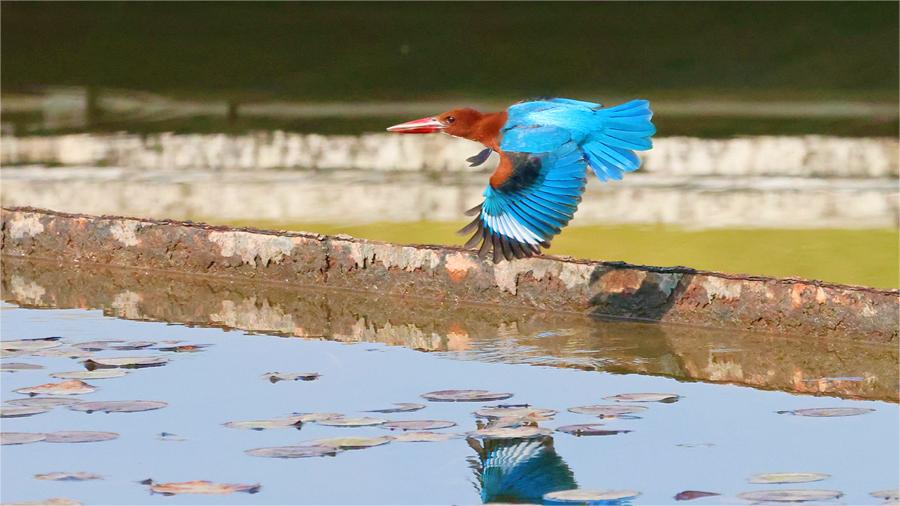China's organ transplant technology maximizes donor-organ potential
GUANGZHOU, Jan. 18 (Xinhua) -- An organ transplant technique adopted by a Chinese hospital has garnered widespread attention for its potential in solving the problem of donor organ ischemic injury in organ transplantation surgery.
Ischemia-free organ transplantation (IFOT), a technique pioneered by Professor He Xiaoshun at the First Affiliated Hospital of Sun Yat-sen University in Guangzhou, the capital of south China's Guangdong Province, was applied in a surgery carried out last December.
Organ transplant experts from Germany, the United States, and the World Health Organization (WHO) met at the hospital to observe the liver transplant operation.
In traditional organ transplantation, donor organs are perfused rapidly to obtain them, preserved with ice, transported, and then implanted into the patient. During the process, the blood supply to the organs is interrupted completely, leading to unavoidable ischemic damage and compromising the quality of the organs.
The team has dedicated in solving the problem of donor organ ischemic injury in traditional organ transplantation surgery for years.
In 2016, the team developed a "multi-organ normothermic perfusion device," which can simulate the human body to provide blood and nutrition for the donor organ. It has, for the first time, made the ex vivo multi-organ remain "fresh" for a long time.
With the help of this device, He's team successfully carried out the first ischemia-free liver, kidney, and heart transplants worldwide in 2017, 2019, and 2021, respectively.
Compared with traditional transplantation, the new technology has significantly reduced post-operative complications and improved the utilization of organs. The relevant research results were also published in international medical journals and academic conferences, arousing widespread attention in this field.
"They have shown that the technology is safe and can solve the problems we are facing," said Bjorn Nashan, former president of the German Transplantation Society, who has been to Guangzhou more than once to observe the surgery.
Optimistic about the future of organ transplantation in China, Nashan moved to China in 2017 to work as director of the organ transplant center at a hospital. Nashan said he hoped to work with the Chinese team to bring the technology to Germany and other countries in the future.
"Professor He and his team have demonstrated that they are at the cutting edge in organ transplantation. The technology can be promoted to regions within and outside China through cooperation," said John Fung, president-elect of the Transplantation Society.
"The innovations and surgical techniques have increased the possibility of utilizing more organs, especially those not in good condition and that otherwise may have been rejected, thus maximizing the potential of donor organs," said Efstratios Chatzixiros, adviser on transplantation (organs, tissues, cells) at the WHO.
Photos
Related Stories
- U.S. organ transplant system reportedly biased against Blacks
- Chinese man honors Russian wife's will to donate organs, saves four lives
- China updates regulations on human organ transplant
- China to become world's largest country of organ transplants in 2020
- China's organ transplantations to top the world in 2020: expert
- More hospitals to conduct human organ transplants
Copyright © 2024 People's Daily Online. All Rights Reserved.









